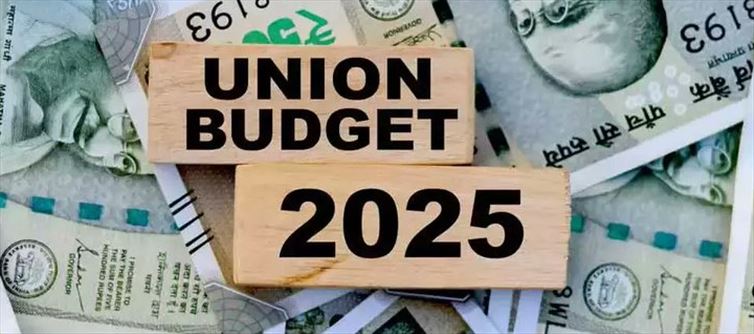
In recent years, the bharatiya janata party (BJP) has strategically pivoted its focus toward two distinct demographic groups: the ultra-rich and the poor. While this might seem like a politically shrewd move aimed at consolidating votes from two extremes, it raises a troubling question—has the middle class been sacrificed at the altar of political expediency?
Middle-Class Dissatisfaction: A Growing Trend
There’s no denying that the bjp initially gained substantial support from India’s burgeoning middle class, a group that forms the backbone of the country's economy and democratic participation. However, recent trends indicate a growing sense of discontent among this demographic. Dissatisfaction with budget allocations and tax policies, which appear to disproportionately benefit other sections of society, is becoming hard to ignore.
For instance, the government’s focus on welfare schemes for the poor and tax breaks for corporates might make for good headlines, but it leaves the middle class feeling increasingly neglected. This sense of abandonment is not without basis—despite shouldering a lion’s share of the tax burden, the middle class sees little return in terms of tangible benefits.
The Economic Role of the Middle Class: Ignored and Overlooked
India’s middle class is a significant contributor to the nation’s economic health, particularly through direct taxes. In fact, their contribution to direct taxes has now surpassed that of corporates, underscoring their critical role in funding the nation’s growth. Yet, government policies often seem skewed toward addressing economic disparities for political gains, leaving the middle class feeling like an afterthought.
The lack of relief in personal income tax brackets and the burden of rising living costs have only compounded their grievances. While the poor benefit from subsidies and welfare programs, and the rich thrive under favorable business policies, the middle class is left to silently bear the brunt of economic pressures.
A Global Perspective: Tax Reform Conversations
The BJP’s apparent neglect of the middle class isn’t happening in isolation. Globally, tax reform has become a hot topic, with leaders like donald trump proposing radical changes such as replacing income tax with tariffs. While this may be a far-fetched idea for India, it does open up conversations about how governments can rethink tax structures to balance burdens equitably. Unfortunately, in India, such discussions remain largely absent, and the middle class continues to be an easy target for revenue collection.
The Political Calculation: Is It Worth the Gamble?
The BJP’s strategy seems clear—gain votes from the poor through welfare schemes while courting the rich with business-friendly policies. This may work in the short term, but the long-term repercussions of alienating the middle class could be significant. Historically, the middle class has been a key driver of both economic progress and political stability. Ignoring their concerns could erode not just their support but also their trust in the system.
Conclusion: A Worrisome Neglect
The BJP’s approach to governance increasingly appears to overlook the very demographic that once formed its core support base. While the party may enjoy temporary gains by focusing on the rich and the poor, the middle class’s growing dissatisfaction is a ticking time bomb. The government must recognize that policies need to be inclusive, equitable, and mindful of the contributions and needs of all economic groups. Anything less risks deepening economic divides and alienating a vital segment of the population—a gamble no political party can afford to take.




 click and follow Indiaherald WhatsApp channel
click and follow Indiaherald WhatsApp channel